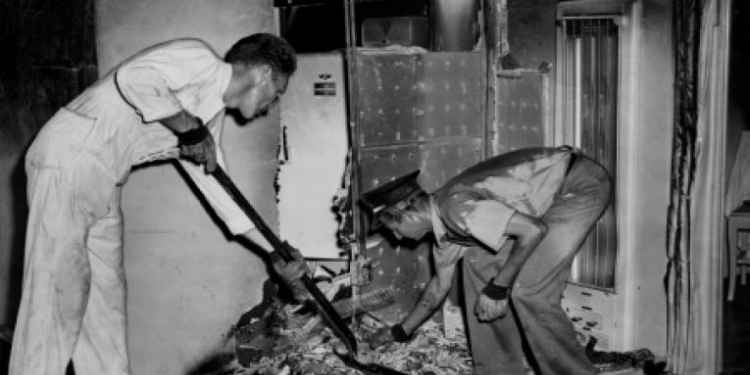
Stories of people seemingly bursting into flames while going about their daily lives might sound like something from 'The X-Files,' but the phenomenon of Spontaneous Human Combustion (SHC) dates back centuries.
One of the earliest recorded instances involves Polonus Vorsitus, a horseman from Milan, in the 15th century. According to reports, after consuming strong wine, Vorsitus began to belch fire, ultimately bursting into flames and dying in front of his parents. This account was documented by a Danish physician who allegedly discussed the incident with Vorsitus's descendants. However, the accuracy of these claims remains unverified.
For the first well-documented case of SHC, we jump to the early 19th century in Ireland. In 1833, the 'Dublin Journal of Medical and Chemical Sciences' reported an incident involving Michael Flaherty, a 76-year-old man who died in his home on December 22, 1832. The Gardai found the fire confined to the area around Flaherty's body, with no signs of accelerants. Remarkably, some of his bones had been cremated at temperatures between 700 and 1000 degrees Celsius, while others remained intact.
Records from 17th-century France also describe similar SHC-like symptoms, though these accounts often lack the detail necessary to be considered genuine cases.
In December 1852, Charles Dickens introduced a memorable portrayal of SHC in his novel 'Bleak House.' The character Mr. Krook, an elderly alcoholic, is found reduced to ashes in his flat, leaving behind a greasy residue and a lingering smell of burnt meat. Critics accused Dickens of sensationalism, but he defended his depiction by citing historical cases, such as an Italian countess who allegedly combusted in 1731.
Dickens wasn't alone in exploring the topic of SHC in literature. Authors like Washington Irving, Herman Melville, and Mark Twain also wrote about characters meeting fiery ends, suggesting they were inspired by something more than pure imagination.
One of the most famous modern cases occurred in 1951, when 67-year-old Mary Reeser was found burned to death in her Florida home. The previous evening, she had seemed perfectly well, but her landlady grew suspicious when she noticed the doorknob to Mary's house was extremely hot. Upon entering, the police discovered Mary's body almost entirely reduced to ashes, with only one leg remaining intact. The fire had not spread beyond her chair. Skeptics argue that her heavy smoking and use of sleeping pills may have caused her to fall asleep with a lit cigarette, leading to her tragic death.
Another famous case, the fate of John Irving Bentley, made the news in 1966. John was a 92-year-old retired physician who was found in his Pennsylvania home by a meter reader after they detected a strange odour and noticed blue smoke. When he reached the bathroom, he discovered John's remains - a pile of ashes and one intact foot. John was known to be a pipe smoker, and some speculate that his pipe tobacco might have ignited his clothing. The theory suggests that Bentley tried to reach the bathroom for water but was overwhelmed by the flames before he could act.
Modern interest in SHC was revived in the 1980s, thanks to publications like 'The Unexplained' and TV shows such as 'Arthur C. Clarke's Mysterious World.' These brought the phenomenon to a new audience, showcasing photographs and stories from contemporary cases.
In the 1990s, SHC was a topic that frequently appeared in the pages of 'Fortean Times' and sparked lively discussions. Reports of individuals suddenly bursting into flames from around the world were common, capturing the imagination and curiosity of many. However, the phenomenon seemed to fade from public attention over the past couple of decades, but that changed towards the end of 2017, when two new cases emerged in quick succession, reigniting interest in this mysterious occurrence.
The first incident involved John Nolan, a 70-year-old man who inexplicably caught fire while walking along a busy London street in broad daylight in September 2017. Shocked passersby attempted to extinguish the flames and quickly called for help, but unfortunately, John later succumbed to his injuries in hospital. Fire investigators were unable to determine the cause of the blaze. No accelerants were found on John's body and there were no reports of him coming into contact with anyone else before the fire started.
Just a few months later, in the run-up to Christmas, a second man experienced a similar fate in Hull. This incident also occurred by the roadside and was witnessed by a local resident. The unnamed man died at the scene despite efforts from a bystander to put out the flames. A witness told 'The Hull Daily Mail,' "me and another bloke tried to roll him on the ground to put the fire out." As with the London case, the cause of the fire remains a mystery, and the police have stated they are not seeking anyone in connection with the incident.
Whether it's a matter of bizarre coincidence or an unsolved mystery, SHC continues to be a burning question in the paranormal field even decades after we were first exposed to the unsettling photos of burnt bodies in 'Fortean Times'.
More Essential Parapsychology
See All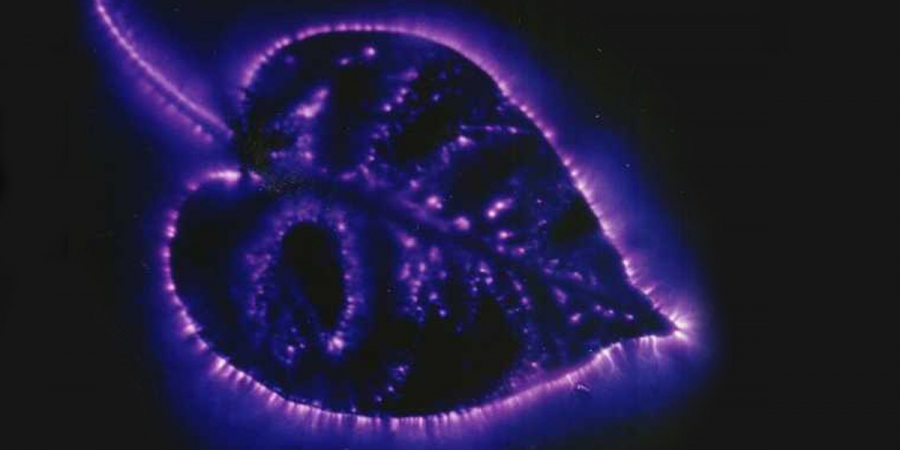
ArrayOctober 11, 2024
The Reality Behind Kirlian Photography’s Glowing Auras

ArrayOctober 07, 2024
Could Retroactive Psychokinesis Allow Us To Influence The Past?

ArrayOctober 05, 2024
What Spontaneous Cases Are & Why Parapsychologists Research Them
Further Reading
Dive into the world of the paranormal and unexplained with books by Higgypop creator and writer Steve Higgins.

The Rational Demonologist
An exploration of demonic activity, including possession, protection, and exorcism.
Buy Now
Hidden, Forbidden & Off-Limits
A journey through Britain's underground spaces, from nuclear bunkers to secret wartime sites.
Buy NowMore Like This
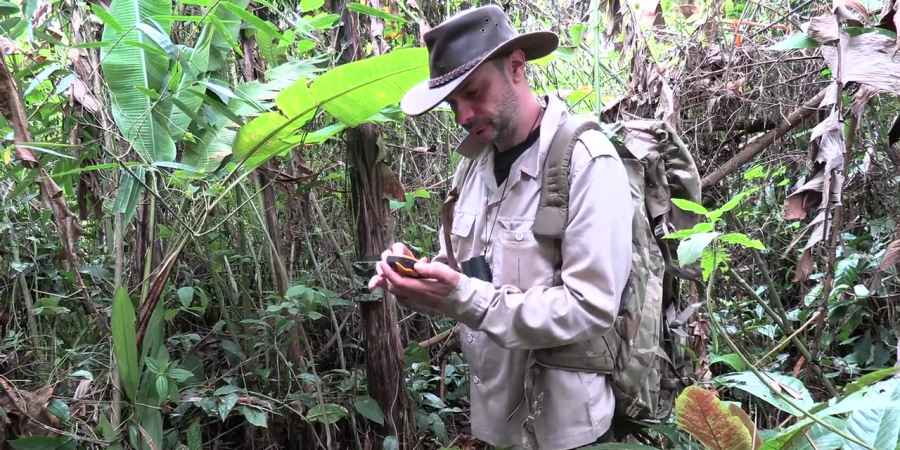
Big CatsMarch 12, 2025
Elusive Orang Pendek & Sumatran Tiger Discovery Captured In Groundbreaking Expedition
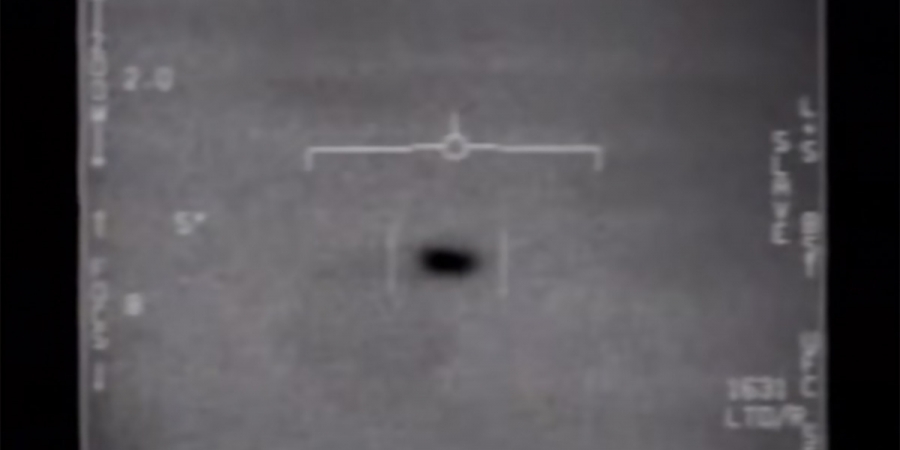
GamesDecember 24, 2024
2024's Year Of UAPs Quiz

ConspiraciesDecember 22, 2024
'The Alien Perspective': The UFO Documentary That Challenges Everything
 See More on Audible
See More on Audible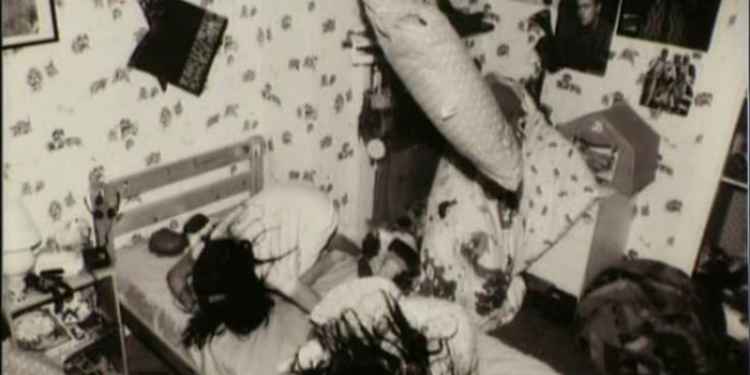


Comments
Want To Join The Conversation?
Sign in or create an account to leave a comment.
Sign In
Create Account
Account Settings
Be the first to comment.